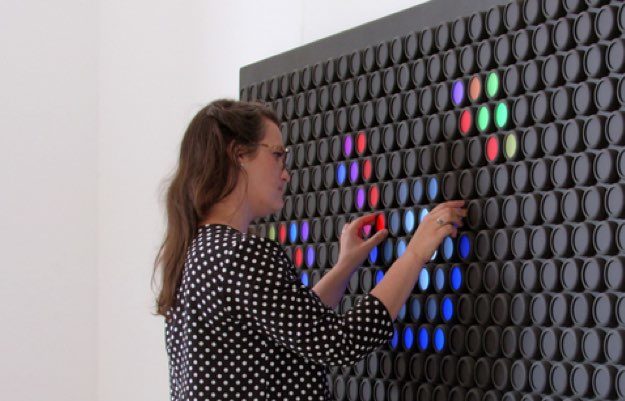
Highly creative people do not spend their days and nights immersed in brainstorming exercises, making fortuitous connections, and having epiphanies. The most creative people spend a great deal of time preparing for those moments, and revising them afterwards. Seated in rather uninspired chairs, they appear to plug away for hours, breaking away only to eat a turkey sandwich.
Cocoons can be both physical and time-based. A physical cocoon is a private space, free of potential interruptions, and not necessarily beautiful, where a person can put on headphones and get in the zone. A cocoon may also involve a predictable routine, habit, or schedule by creating regular expectations about where you work, and when it happens.
Why cocoons are vital for creativity:
1. Cocoons remove distractions, which cause depression and anxiety.
Creativity requires a familiar space for easy and uninterrupted concentration. Noise and other interruptions during complex work require a longer period of time to re-orient, and continued interruptions are likely to have negative effects on mood that reduce the motivation to resume work, according to a study cited by HOK. [20]
The choice to not be interrupted, in a space and at a time where absolutely no one is likely to interrupt unless there is a true emergency, is still a luxury for many people—even in their own homes. While we can’t do much to ensure that where we work and the public spaces we visit reflect our tastes, we can show up at the same familiar space every day where we can work easily and uninterrupted. This enhances creativity.
2. Cocoons provide the autonomy and structure that creative people need.
As wonderful as it is to have a novel, sensory experience to produce insights, and to embrace some form of tactile creativity with the hands, having a predictable rut (or routine) is just as vital for creativity, performance, and learning. An insight is not of much use if no one takes the time to flesh it out into a solution.
Evaluating potential cocoons for creativity:
The need for a cocoon—a place that provides autonomy and regularity for work—may seem like an obvious need in spaces like headquarters and libraries. However, airports and hospitals are also increasingly adopting cocoons, as they find that people of all ages and backgrounds have a need for quiet, uninterrupted focus.
Consider the most elementary and easy-to-adopt ideas first. Many elements can comprise the right cocoon, from headphones to lighting to furniture. Headphones make a popular cocoon because they’re portable, and do not impede on anyone else’s experience of quiet and autonomy. This is key. (Some people need cocoons in the very same places where other people need to explore, connect, and have a stimulating experience. Look for solutions that can allow for both of these needs to be met in the same space, and at the same time.)
Watch this candid footage demonstrating how the Everbright interactive light board is designed for creativity with this principle in mind.
A library provides an ideal cocoon for the autonomy and routine necessary for creativity. This 4-year-old girl demonstrates how the right novel, sensory experience can be perfectly appropriate in a library.
 Creativity can become its own cocoon, allowing you to immerse yourself in flow—even if only for a few seconds. This father gets so absorbed in turning the color dials that he doesn’t notice his baby daughter wander away.
Creativity can become its own cocoon, allowing you to immerse yourself in flow—even if only for a few seconds. This father gets so absorbed in turning the color dials that he doesn’t notice his baby daughter wander away.
